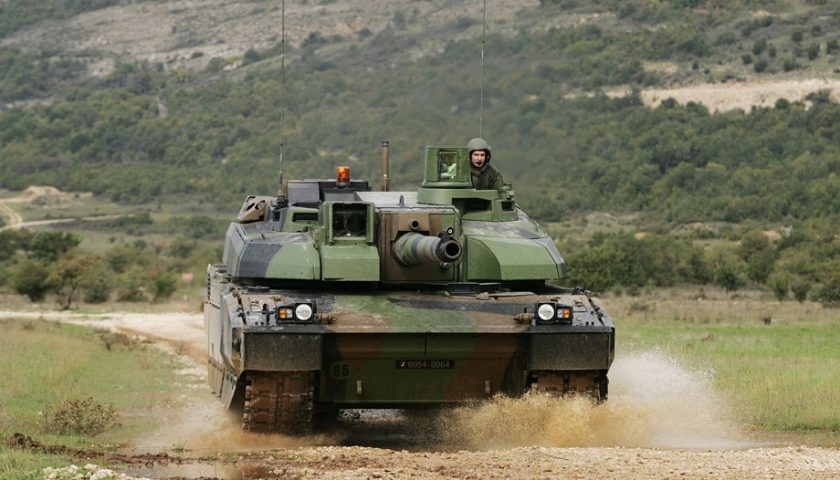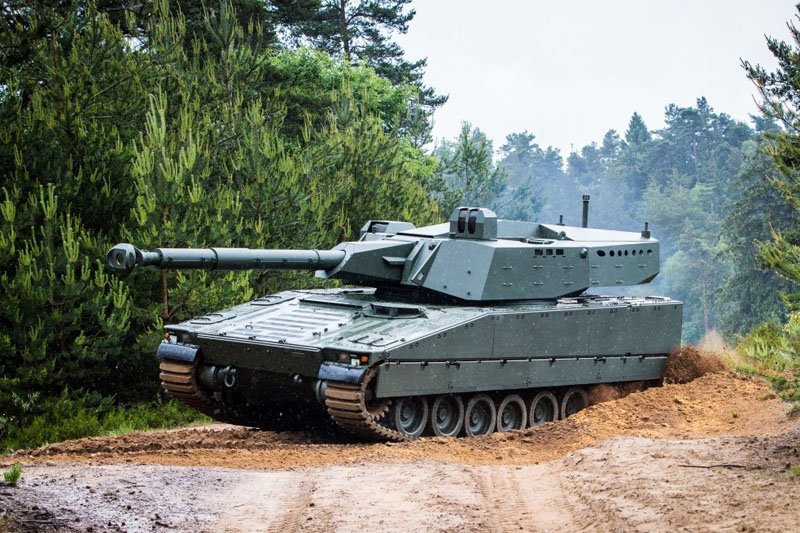It is now no secret that the risk of seeing the French armies engaged in a High Intensity conflict has considerably increased in recent years, and that it will increase in the years and decades to come. It is in this context that Paris and Berlin launched, in 2017, several cooperative industrial defense programs, the most symbolic of which are the FCAS new generation combat aircraft program to replace the Rafale French and Typhoon Germans, and the MGCS main battle tank program, to replace, among others, the Leclercs of the Army and the Leopard 2 of the Bundeswehr. If these programs have great ambitionstechnology, in particular, they remain nonetheless constrained by the principle of cooperation, both in the industrial and operational fields, while the know-how and doctrines of engagement determining the needs sometimes very different on either side of the Rhine. This largely explains the many difficulties encountered by these two programs currently in the start-up phase, sometimes causing significant tensions between Paris and Berlin.
In a previous article, we had studied the opportunity and the feasibility of developing, in parallel with the FCAS program, a 5th generation single-engine fighter program wanting to be economical and complementary to the FCAS, in order to preserve all the know-how of the French military aeronautics sector, but also to increase the operational capacities of the French armies on a shorter timeframe than that of the FCAS, with an objective of entered service in 2030, not 2040. Obviously, the United States, as part of the US Air Force's NGAD program, But also Russia with the Checkmate program revealed at MAKS 2021, have also identified the need for such an aircraft, reinforcing the heavier aircraft such as the F22 (and its replacement from the NGAD) and the Su-57, but also to meet the needs of many air forces that will be in the inability to equip itself with a heavy and expensive aircraft such as the Su-57 or the future NGF of the FCAS program. In addition to industrial and marketing opportunities, the article also presented an effective financing model, derived from the Defense with Positive Valuation doctrine.
Meeting industrial and operational needs in France
The design and manufacture of a French medium tracked armored vehicle program, with a combat mass ranging from 40 to 50 tonnes, responds, in general terms, to the same observations as in the context of the 5th Generation Single-engine Chasseur. On the one hand, the MGCS program will not allow the French land armaments industry to preserve all of its know-how, especially since on the German side, two giants of the sector are already competing for industrial sharing, Rheinmetall and Krauss-Maffei Wegman. In addition, there is no doubt that Berlin will impose a propulsion system and a transmission of German invoice, to the detriment of French know-how. In the context of a single MGCS program as planned today, with a timetable of almost 30 years, it is impossible for French manufacturers to preserve (and develop) know-how and skills without being able to apply to a major program. Consequently, French industry would inevitably emerge weakened from this industrial cooperation in the long term, since it would then be unable to develop, if necessary, independently a new family of tracked armored vehicles.

The problem is relatively similar from an operational point of view. Indeed, the doctrines of employment of the armored weapon and the tanks in particular, differ greatly between the Army and the Bundeswehr. Germany favors very heavy armored vehicles, particularly well protected, in a defensive posture based above all on the (supposed) superior capacities of its long-range aiming and firing systems, and on heavy armor capable of '' take enemy shells if they are fired from far enough. On the French side, on the other hand, we strongly favor maneuver and dynamic engagement capabilities men and equipment, with lighter but much more mobile armored vehicles. However, there is no doubt that Berlin will impose a particularly heavy tank as part of the MGCS program, if only to take over from the 2800 or so Leopard 2 in service in the world's armies. Not only would this not entirely correspond to Army doctrine, but it will result in very expensive armored vehicles, like the Leopard 2 or the Abrams M1, tanks which today cost 50% more than the Leclerc.

75% of this article remains to read,
Subscribe to access it!
The Classic subscriptions provide access to
articles in their full version, and without advertising,
from 6,90 €.
Newsletter subscription
Register for the Meta-Defense Newsletter to receive the
latest fashion articles daily or weekly

